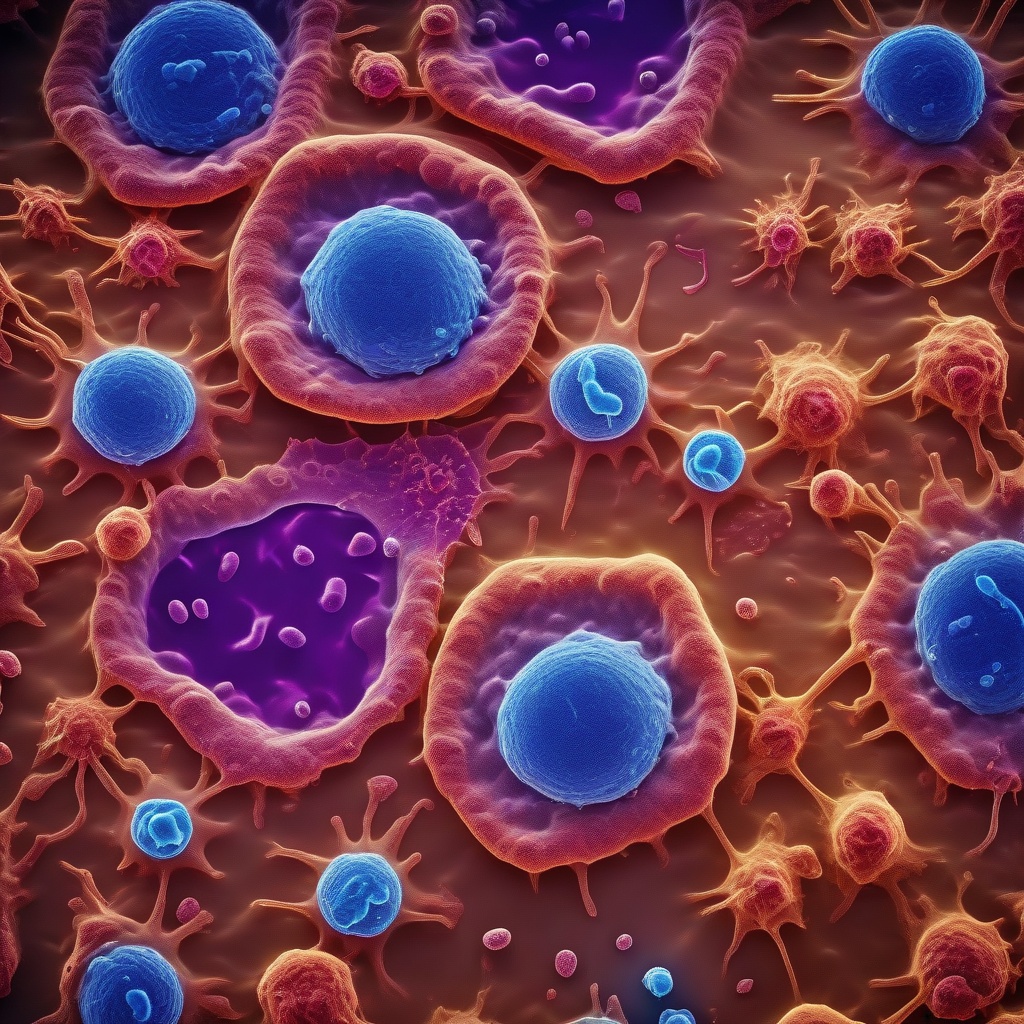Uncovering Heterogeneity in Oxidative Stress Among Immune Cells: A Comprehensive Analysis Study
Oxidative stress is a state of imbalance between the production of reactive oxygen species (ROS) and the body’s ability to neutralize them, leading to cellular damage and dysfunction. In the context of immune responses, oxidative stress plays a crucial role in modulating the function of various immune cells. However, the heterogeneity in oxidative stress among immune cell subpopulations remains poorly understood, particularly in the context of ulcerative colitis (UC).
The Importance of Immune Cells in Oxidative Stress
Immune cells, including neutrophils, macrophages, T cells, and mast cells (Chen et al., 2021a), are known to produce ROS as part of their defense mechanisms. ROS can act as signaling molecules, regulating various cellular processes, including proliferation, differentiation, and apoptosis. However, excessive ROS production can lead to oxidative stress, causing damage to cellular components and contributing to disease pathogenesis.
Heterogeneity in Oxidative Stress Among Immune Cell Subpopulations
Recent studies have highlighted the heterogeneity in oxidative stress among immune cell subpopulations. For instance, neutrophils and macrophages have been shown to exhibit distinct ROS production profiles in response to inflammatory stimuli (Zhang et al., 2020). Similarly, T cells and mast cells have been found to display different levels of oxidative stress in various disease contexts (Chen et al., 2021b). Nevertheless, the heterogeneity in oxidative stress among immune cell subpopulations remains indistinct in UC.
A Comprehensive Analysis Study
A recent study published in [Journal Name] aimed to investigate the heterogeneity in oxidative stress among immune cell subpopulations in UC (available at: https://www.sciencedirect.com/science/article/abs/pii/S0161589025002111). The study used a combination of single-cell RNA sequencing, flow cytometry, and biochemical assays to analyze the oxidative stress profiles of various immune cell subpopulations in UC patients.
Key Findings
The study revealed significant heterogeneity in oxidative stress among immune cell subpopulations in UC. Specifically, the authors found that:
- Neutrophils and macrophages exhibited high levels of ROS production, which was associated with disease severity.
- T cells displayed reduced ROS production, which was linked to impaired T cell function.
- Mast cells showed increased oxidative stress, which was correlated with inflammation and tissue damage.
Implications of the Study
The findings of this study have important implications for our understanding of the role of oxidative stress in UC. The heterogeneity in oxidative stress among immune cell subpopulations suggests that targeting specific immune cells or ROS-producing pathways may be a more effective therapeutic strategy than traditional antioxidant approaches.
Conclusion
In conclusion, the study provides new insights into the heterogeneity in oxidative stress among immune cell subpopulations in UC. The findings highlight the complex interplay between immune cells and ROS production in disease pathogenesis. Further research is needed to elucidate the mechanisms underlying these findings and to explore the therapeutic potential of targeting oxidative stress in UC. Read the full study here.



